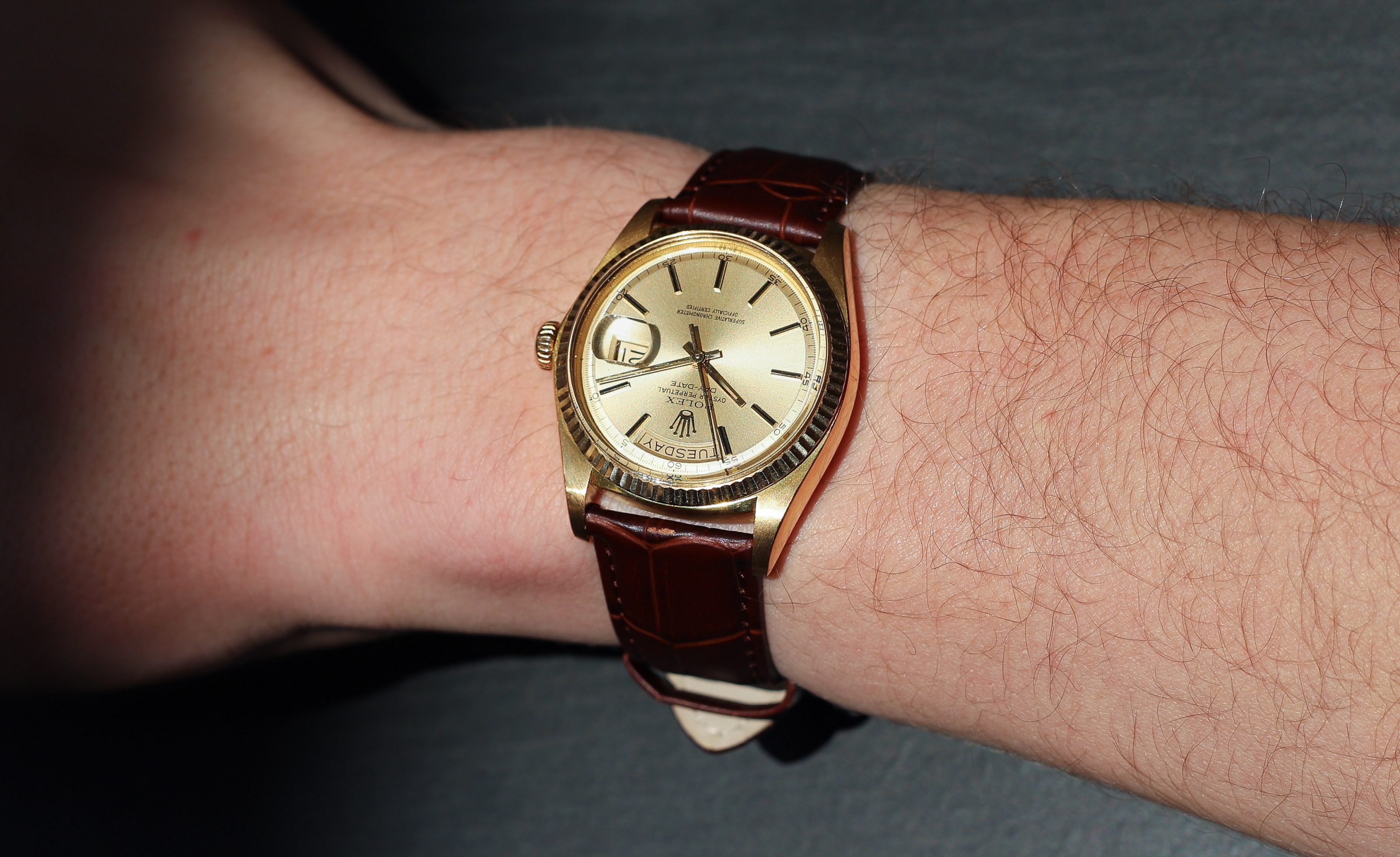
Can you Wear Rolex in the Sun? [Complete Guide]
Rolex watches are built to be extremely robust, durable, and reliable. Each timepiece is carefully tested and subjected to extreme challenges and harsh environments before being released into production. Moreover, Rolex has plenty of testaments of its watches’ performance by professionals who work and operate within extreme environments such as professional divers, mountain climbers, spelunkers, and much more.
Rolex watches are known to be some of the most durable timepieces on the market. They have proven themselves to be able to go to the deepest depths and the coldest, most extreme, and most challenging environments.
We know that Rolex watches are durable against extreme temperatures, robust against shocks and bangs, and extreme depths. But what about sunlight?
Can you wear your Rolex watch in the sun?
The short answer is yes, you can wear your Rolex watch in the sun. However, there are some things you at least need to know about.
As already stated, Rolex watches are built to be robust, so a bit of sun is no issue for Rolex watches. If you are wearing your Rolex and the sun is shining, you don’t have to worry. It’s a different question if you are exposing the watch to direct sunlight for a prolonged period. In this case, we are talking about laying on the beach for many hours in a row, or perhaps going to a sunbed. If you do it occasionally, it’s likely no problem, but if you regularly and consistently subject your Rolex watch to direct sunlight for a prolonged period, you may want to think twice.
Firstly, the sun generates a lot of heat. You may have noticed that metal objects that have been in direct sunlight for a prolonged period will get extremely warm. The same is of course true for your watch. When you wear your Rolex in direct sunlight, it will absorb heat. If you are in a warm country, the watch may even reach a temperature where it will start causing discomfort and at worst, burn your wrist. This is why some people prefer ceramic watches in warm temperatures as ceramic doesn’t absorb heat. The downside, however, is that Rolex doesn’t make ceramic watches.

Secondly, and this is the most important part, the extreme heat will also spread to the movement. Whilst Rolex movements are some of the most robust on the market, they will not be unaffected by extreme heat, at least not in the long run. Even though the movement may maintain its accuracy in extreme heat (and is adjusted to multiple temperatures), there is one element of a mechanical movement that will always be affected over time, namely, the oils and lubricants. If you just wear your Rolex in the sun a few times, you’ll likely have no issues. But if you do it frequently, the extreme temperatures will cause the lubricants to deteriorate and dry up faster. This means that wearing your Rolex too much and too often in the sun may require you to service it more frequently.

Thirdly, as you know, the sun can cause fading and sun bleaching of colors. Shortly summarized, sun bleaching is when an object is exposed to the sun for a long time, and its colors begin to fade or thin out. Rolex works hard in research and development to build watches that look exactly the way they do when they leave the factory five or even 20 years from now. One of those changes could relate to sun bleaching but also other factors like fading, discoloration, or scratching, as a result of aging and normal wear and tear. One of the challenges that Rolex has worked hard to overcome is the fading of colors, particularly as a result of the sun. Rolex has developed paint that has anti-fading properties and does everything it can to prevent fading, partially from the sun. But that doesn’t mean that Rolex watches are completely immune to the sun.

At least not in the long run. Modern Rolex watches are much more resistant to this than older, vintage Rolex watches. For example, if you look at a vintage Submariner, you may see that the aluminum bezel insert of the watch has faded and started turning into a grey color. Moreover, you may find that the dial has aged and changed color, partially as a result of prolonged sunlight exposure. Today, Rolex has moved to ceramic (Cerachrom) bezel inserts to tackle this issue, but also developed more robust and high-quality heat-resistant paints. As such, the risk of sun bleaching of a modern Rolex is much lower than that of a vintage Rolex, however, that doesn’t mean that it cannot happen after enough time and enough sunlight exposure.
One aspect that Rolex had a lot of issues with back in the day was the luminous mass that they used for the hands and hour markers. The aging of these was commonly sped up by direct sunlight exposure. But today, Rolex uses Chromalight which is much more stable and resistant to things like sunlight.
Fourthly, the seals (gaskets) will dry out and harden up and may thus compromise the water resistance of your Rolex watch over time. Rolex uses rubber gaskets where parts beach each other, for example, the crown, the crystal, and the case back. These are made in rubber and will therefore over time lose their performance and need to be changed. When you subject the watch to extreme temperatures, such as when it is exposed to direct sunlight for prolonged periods, the rubber gaskets will deteriorate. So over time, the water resistance of your Rolex may be compromised.
Bear in mind that a Rolex watch is sealed, so there is no way for the pressure that builds up inside the case from the sunlight-generated heat to escape. This may further cause a gasket to fail if the pressure is built up.




